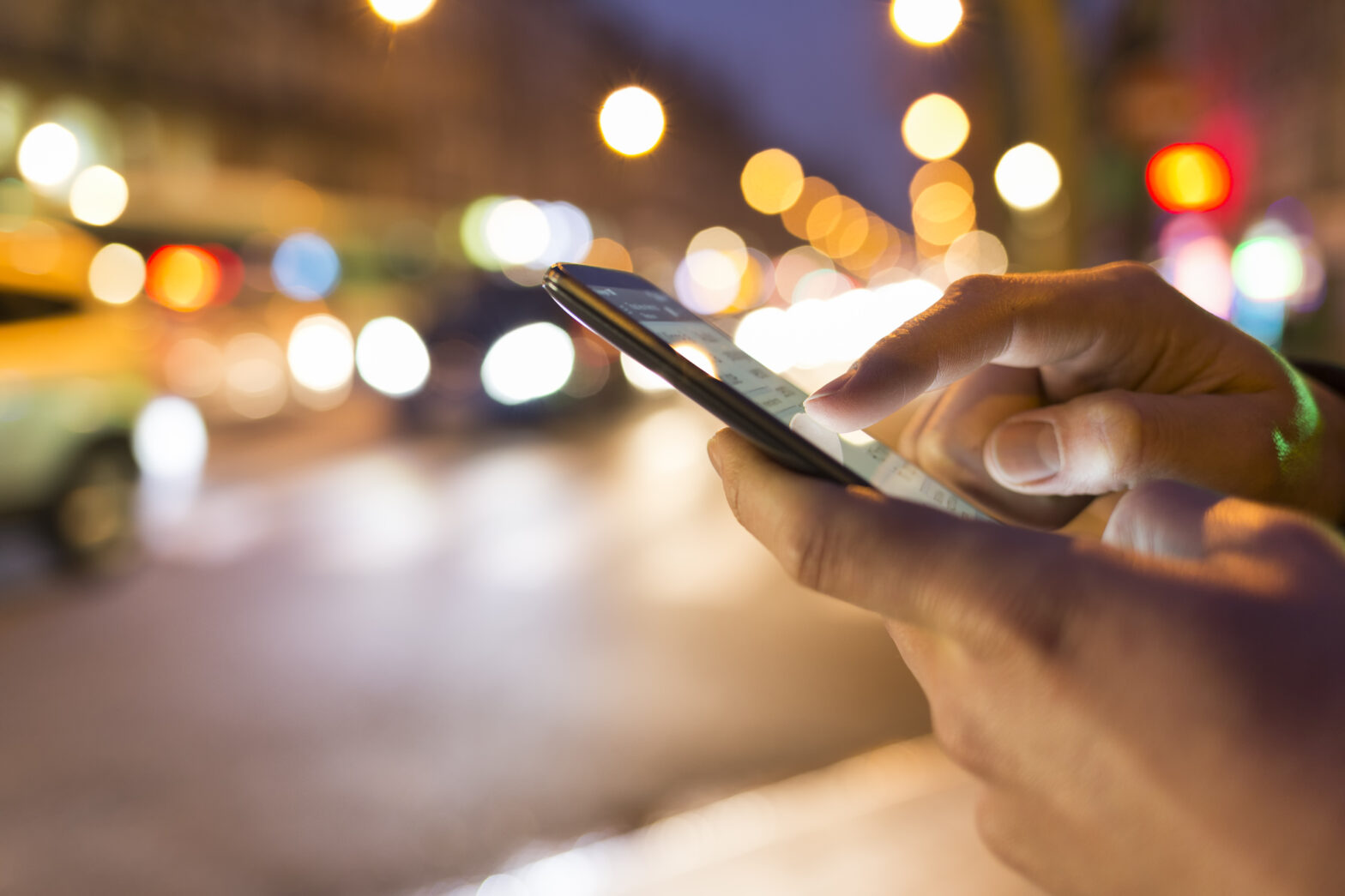Urban populations are growing rapidly and 60% of the world population are predicted to be living in cities by 2030. To prepare for this massive urban growth, technology companies are developing Internet of Things (IoT) services for smart cities.
Among the upcoming technologies that will define urban life in 2030 is connected LED lighting, which has the potential to enhance quality of life, transform everyday experiences and ensure ensure sustainability.
By 2030, Philips Lighting anticipates there will be close to 70 billion light points as energy-efficient public lighting is installed where people live, work, play and travel to enhance public safety and the urban landscape.
A city’s lighting infrastructure will also offer enormous potential to be part of a city-wide network capable of acquiring data and delivering information and services to and from millions of devices, from garbage bins to autonomous vehicles.
>See also: 5 ways to ensure the success of smart city projects
In this way, public lighting could help enable smart city services to improve the lives of its citizens and city managers alike.
“The needs and aspirations of city dwellers have changed,” said Kees van der Klauw, senior VP at Philips Lighting Research. “They access information and navigate spaces in ways unimaginable 30-years ago. The rapid pace of change will see increasing demands on city governments.”
“Technology has a huge role to play in making cities more livable and delivering new services to its inhabitants. Citizens don’t want a technology imposed upon them – they want to have a say and be involved in defining the applications they need.”
Here are four ways that Philips Lighting believes lighting technology will help deliver the smart cities and urban life of 2030.
1. Connected streets
Connected LED street lights provide highly energy-efficient, quality light, but they are also sensor nodes on an information highway. In 2030, connected street lights could stream data between millions of devices.
Connected lighting infrastructure collects and distributes data and improves city services such as light, traffic, air quality, public safety, parking and other location-based services, leveraging state-of-the-art communication technologies.
Autonomous vehicles navigate roads safely, using and communicating with sensors in street lights that scan the road and pavements, and provide a frame of reference by transmiting situational information to augment the vehicles’ on-board sensors.
A connected street lighting system in Jakarta is one of the world’s largest, managing nearly 90,000 street lights.
2. Interactive public spaces
Scarcity of space will compel cities to extend public spaces underground, with a seamless transition made possible by lighting that mimics natural daylight and makes people feel comfortable.
The digital lighting system can send positional data to help drones navigate and deliver items, while responsive light walls display art and foster citizen interaction and creativity.
A Power over Ethernet (PoE) connected lighting system helped transform Madrid’s landmark office skyscraper Torre Europa into a smart office.
3. Sustainable city farming
Beneath the city and in unused spaces, urban farms that use little water and no pesticides can grow plants and vegetables sustainably – reducing the distance between the farm and your fork, increasing food security, ensuring provenance and protecting precious natural resources.
GrowUp Urban Farms, a vertical urban farm that was established in an unused warehouse in East London’s industrial area, was the first commercial aquaponic urban farm in the UK and produces 20,000 kilograms of fresh salads a year with the help of LED lighting.
>See also: Building the data foundations for smart cities
4. More personalised living
Homes in 2030 will feature lighting that is able to synchronise with everything from the door bell to the television and music, and is fully adjustable to individual preferences. It will pre-empt its inhabitants needs, complement their wellbeing, energise them, relax them and keep them safe.
In November, Philips Lighting and Xiaomi joined forces to design and develop connected LED lighting products for Xiaomi’s smart home ecosystem in China.
”Sustainable urban growth must balance growing demands on resources, space and security while also making cities more liveable and enjoyable for everyday citizens,” said Jeff Cassis, head of government business at Philips Lighting. ”City managers will need to prioritise which changes are most important to their cities not only through concerns for cost, feasibility and timing, but also by listening to the current needs and wishes of citizens.
“The future of smart cities is the sum of many parts and success will require collaboration amongst companies large and small, governments, academia and, above all, citizens.”










